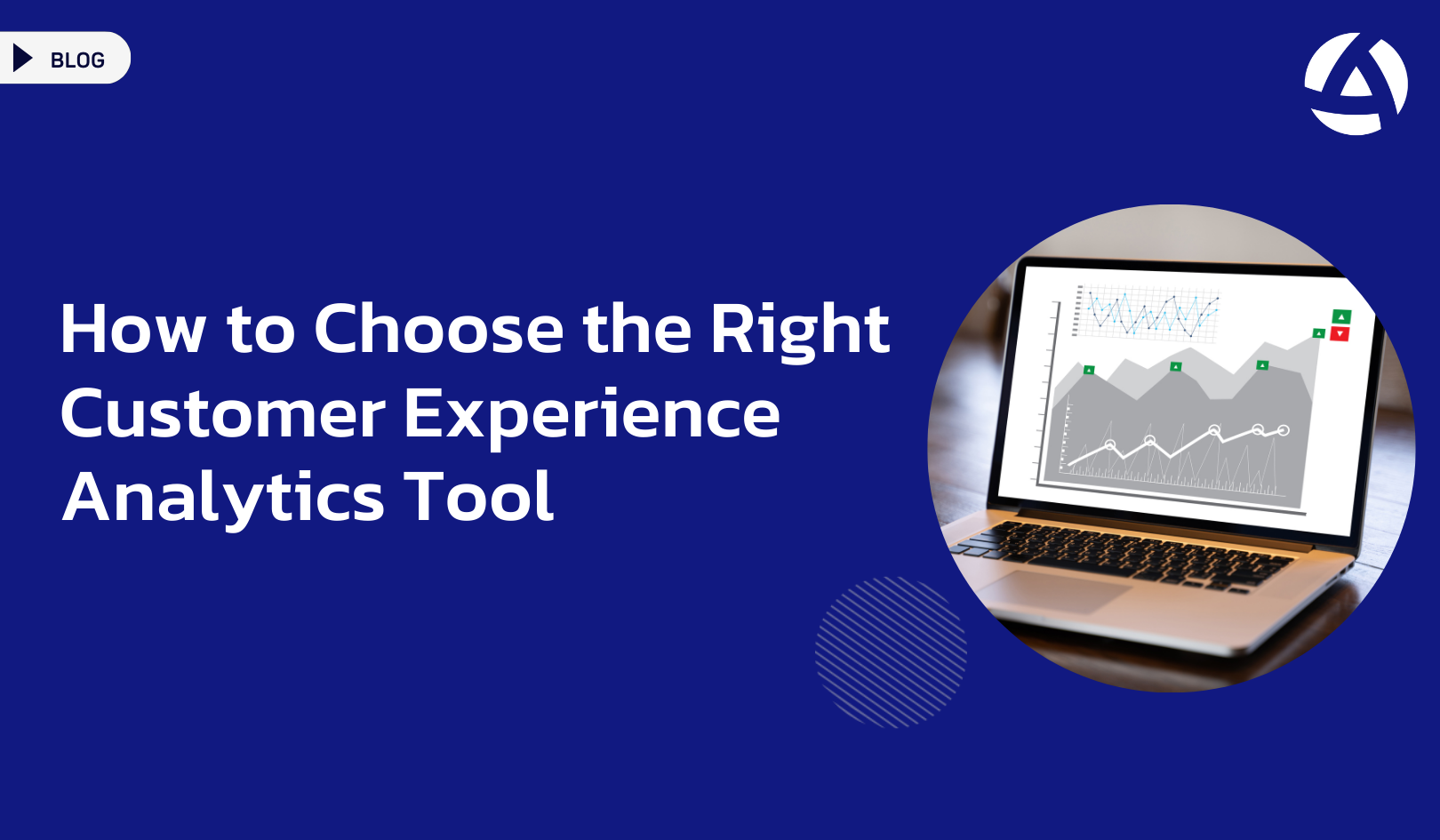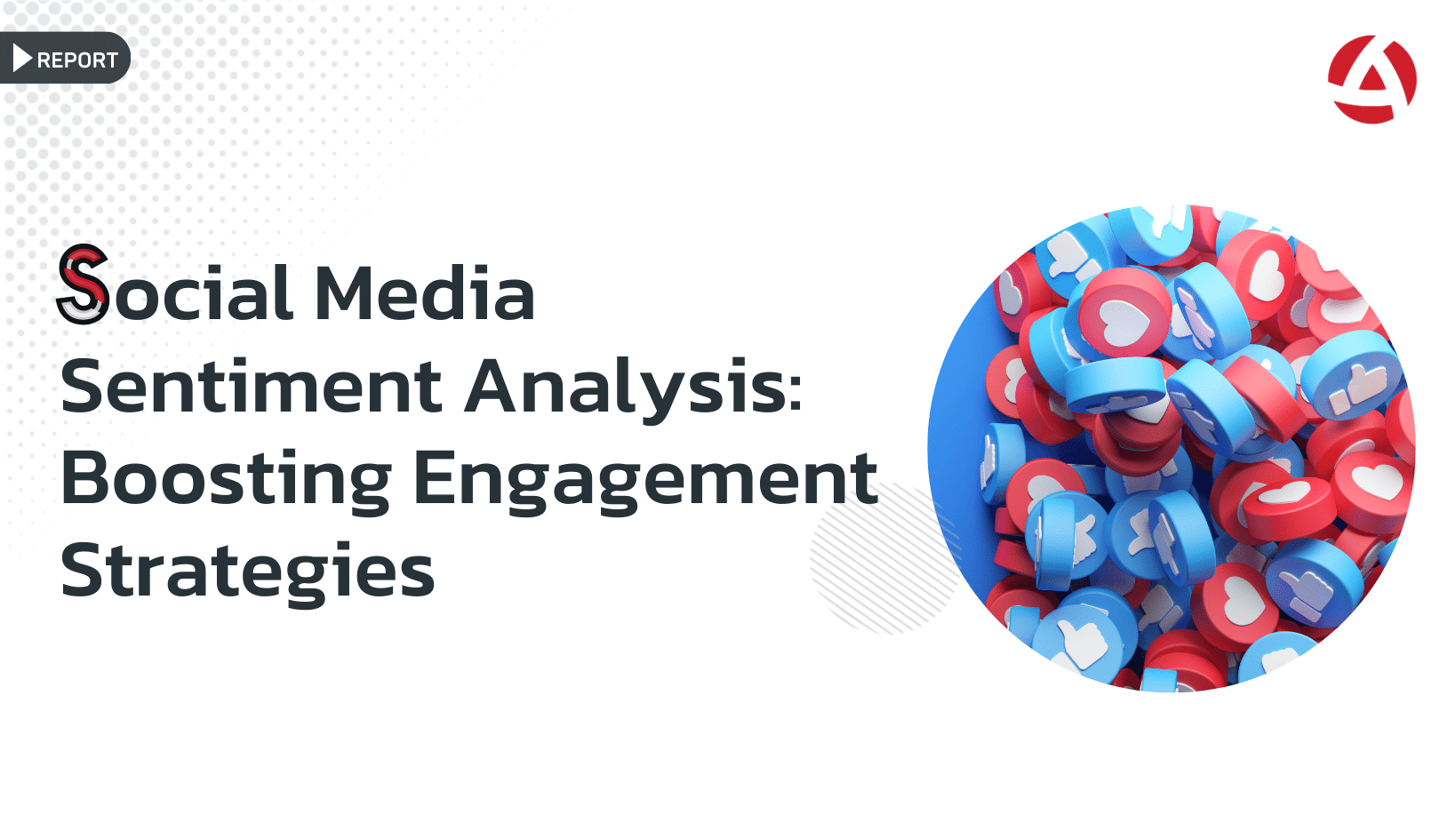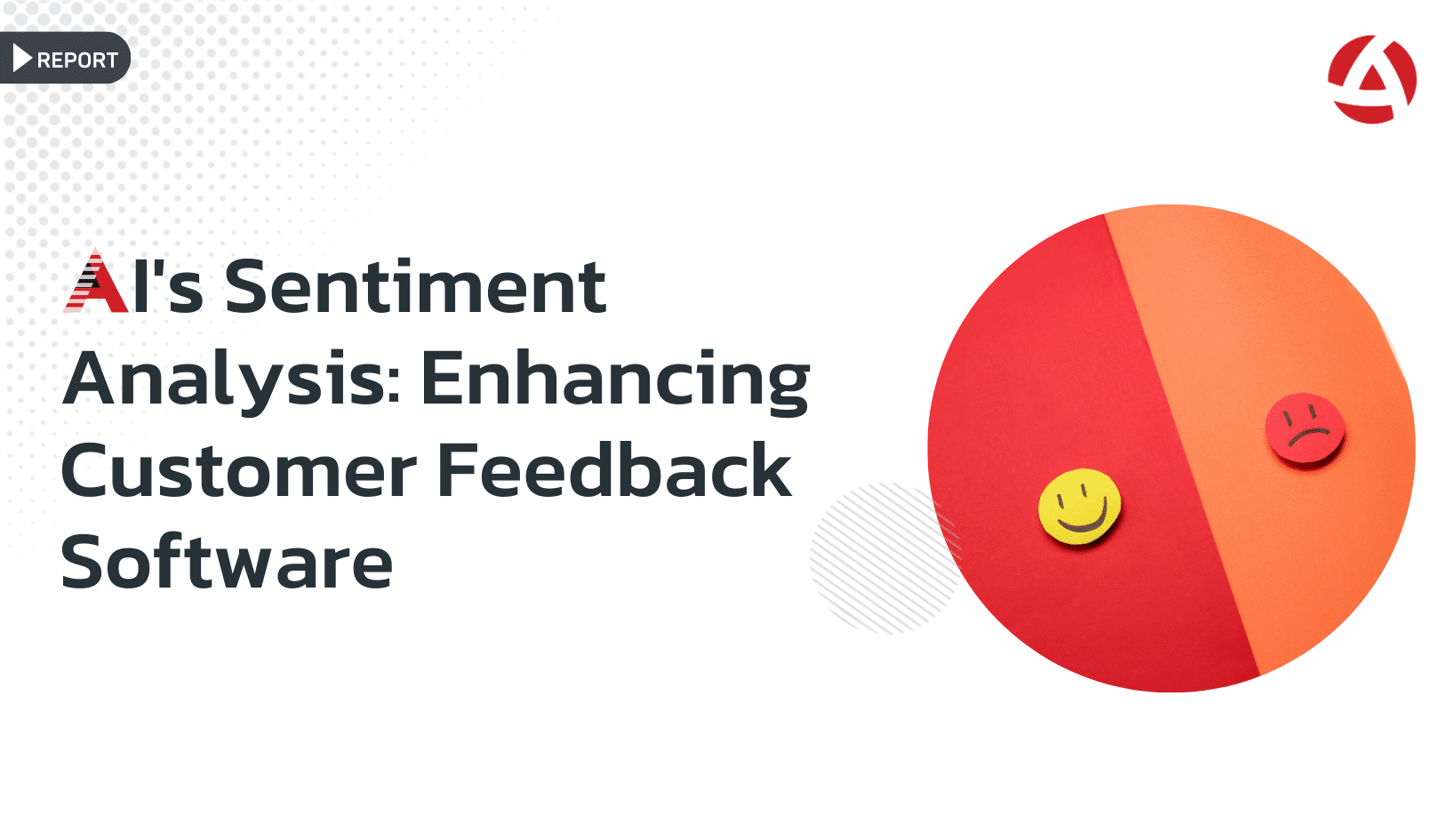Choosing the Right Customer Experience Analytics Tool enables Better Understanding of Customer Needs and Behaviors
A customer experience analytics tool, enriched with text analytics capabilities, is crucial for businesses aiming to deepen their understanding of the customer journey. By integrating and analyzing data from various touchpoints, including direct feedback, social media, and customer support interactions, customer experience analytics tools unveil invaluable insights into customer sentiments, preferences, and challenges. This empowers businesses to identify not just what customers are doing, but also what they are feeling and why they are engaging in certain ways. Armed with this understanding, businesses can tailor their offerings, improve service delivery, and anticipate customer needs more effectively. Consequently, this leads to a more personalized and responsive customer experience, fostering increased loyalty, retention, and revenue growth. By leveraging a customer experience analytics tool, businesses can move beyond traditional metrics and dive deeper into the nuances of customer sentiment and feedback, setting the stage for truly customer-centric innovation and growth.
What to Expect from a Customer Experience Analytics Tool
1- The tool should eliminate manual analysis and unify disparate Voice of Customer data effortlessly: There are many ways for collecting and unifying customer feedback, and these methods vary according to the implementation of basic to complex tools. Some companies send simple customer surveys to check the performance of delivered products/services. Considering the increase in the number of channels and interactions with customers in the digital era, collecting this feedback becomes much more complex. Also, processing data created through surveys, support tickets, social media, and recorded phone calls requires smart technologies and analytical capabilities. These developments necessitate customer experience platforms to process feedback data in real-time and improve customer experience accordingly.
2- Tool should be able to compare multiple layers of data: A sophisticated customer experience analytics tool should possess the capability to compare multiple layers of data, enabling businesses to gain deeper insights into customer sentiments and behaviors. By leveraging AI-powered technologies to analyze unsolicited text comments from social media, review sites, and other online platforms, businesses can extract rich, unstructured data to assess the quality of their customer experience. This approach provides a more authentic reflection of customer perceptions compared to traditional survey-based metrics, allowing organizations to uncover nuanced insights and trends that may not be apparent through structured data alone. Additionally, the ability to compare multiple layers of data facilitates a comprehensive understanding of customer preferences and expectations, empowering businesses to tailor their strategies and initiatives to meet evolving customer needs effectively.
3- Tool should include out of the box automated text analysis tools such as sentiment, emotion and topic analysis. Incorporating sentiment analysis into the customer experience analytics tool equips businesses with the capability to decipher customer sentiments from various sources, empowering them to make data-driven decisions to enhance satisfaction. Similarly, integrating emotion analysis enables organizations to delve deeper into customer sentiments, identifying nuanced emotions like disgust or anger to address concerns effectively and align policies accordingly. Furthermore, including topic analysis allows businesses to uncover underlying themes and trends within customer feedback, providing actionable insights for tailored strategies and fostering long-term customer loyalty. The inclusion of these out-of-the-box automated text analysis tools streamlines the process, minimizing the time and effort required for customization and ensuring swift implementation to drive meaningful engagement and enhance overall customer experience.
4- Tool should be able to link text data with your KPIs. A robust customer experience analytics tool should seamlessly link text data with key performance indicators (KPIs), enabling businesses to quantify the impact of CX initiatives. With predictive analytics to forecast the influence of improvement actions before implementation, allowing organizations to simulate changes on future CX metrics and compare the potential impact on business metrics. By providing a metric-agnostic approach, businesses can evaluate the effects of improvement actions on various KPIs such as NPS, CSAT, and App Store ratings, facilitating better investment prioritization and strategic resource allocation.
5- Tool should be actionable helping you deliver insights to other teams automatically. A customer experience analytics tool should seamlessly integrate with communication tools like Slack or Teams, enabling automatic delivery of actionable insights to various teams across the organization. This streamlined process fosters a customer-centric culture by increasing awareness of real customer issues among top management, facilitating strategic alignment, and driving performance improvement initiatives.
Put simply, a CX analytics tool is an important tool that helps you gauge customer sentiments and their overall experience with your brand. When done right, it can reveal if your business is succeeding or failing in its CX efforts.
6 Steps to Choose the Right CX Analytics Tool
So now, we want to share some tips on how to choose the right tool for transforming your Customer Experience:
- Start with a clear objective: To choose any successful tool, you need to set clear goals. Understand where you want to go, before you start. Expectations and requirements are changing over time with technological developments. Therefore, the tool you pick should ideally support you for the mid to long-term, rather than simply meeting current needs. In parallel, you may also aim to deliver a quick ROI to unlock future budget for CX programs. We recommend you address your current and potential future requirements through the CX tool.
- Write down your requirements as a checklist: Once you have a list of your needs, put these into a quick checklist document. It’s better to be clear on what the solution requires, and what is an extra option. Customer experience depends on involvement of multiple departments from customer service to marketing and sales, so make sure they all align in the RFP to ensure it captures everyone’s needs. As with any technology purchase, check with IT to confirm your requirements fit the overall corporate strategy for easy interoperability within existing systems.
- Make enhanced market research: When your checklist is ready, it’s time to search the market for your CX partner. Look beyond analysts to find vendors that are a fit with your organization. The first question is: How customer-centric are they? They should be customer obsessed, a quality which is totally reflected in their products and services. Technical capacity is also important for the long-term relationship. Again, look forward and find out about their future development roadmap. How expert are they at key technologies such as Artificial Intelligence – and is this expertise home-grown or simply licensed from another provider?
- Ask for a Trial and test drive the solution with your data: Vendors would be keen to show you the solution with pre populated data. While this is a good way to get a look and feel of the tool; we would also recommend testing the tool with your own data and cross checking whether it performs in line with your requirements.
- Read reviews and references: To get an independent view, ask people in your network for recommendations around their CX tool and experience. Make sure that you speak to existing customers with similar needs to yours; find out how they are using a vendor’s platform and what are the results so far. What value are they getting? How responsive is the vendor to their needs? What training and support is available to get the best from the solution? Also make sure reading about the reviews about the vendor, keeping in mind that reviews could be biased by the vendors.
- Build a trustworthy partnership: Together with your selected partner, you are going to look after your customers, the most valued asset of your company. You should always be demanding about technical capabilities and soft expertise as you explore future opportunities to improve customer experience. This requires cooperation for creating the best CX tool ever.
Conclusion
Every company has different needs and requirements when it comes to the customer experience. Dedicate some time to understanding your own needs and how they are likely to change. Research the best fit in the market, look at multiple solutions and talk to existing customers to form an objective perspective. Your selected customer experience tool would be central to your business competitiveness – so make sure that you follow a proper selection process to ensure that your solution helps you thrive now and into the future.
Frequently Asked Questions
What are some examples of specific metrics or key performance indicators (KPIs) that a CX analytics tool should be able to track and analyze?
Specific metrics or KPIs that a CX analytics tool should track and analyze may include Observational Customer Experience (oCX), Net Promoter Score (NPS), Customer Satisfaction Score (CSAT), Customer Effort Score (CES), churn rate, customer retention rate, customer lifetime value (CLV), average resolution time, first contact resolution rate, sentiment analysis of customer feedback, customer journey mapping, and customer segmentation based on behavior or demographics.
How customizable are these CX analytics tools to adapt to different industries or specific business needs?
The customization level of CX analytics tools can vary depending on the provider and the platform’s capabilities. However, most modern tools offer a degree of customization to adapt to different industries and business needs. This customization may involve configuring specific metrics, designing tailored dashboards and reports, integrating with existing systems or databases, and implementing automated workflows based on unique business processes.
What are some potential challenges or pitfalls in implementing a CX analytics tool, and how to overcome them?
Implementing a CX analytics tool can present challenges such as data integration issues, ensuring data accuracy and quality, securing buy-in from stakeholders across departments, overcoming resistance to change within the organization, and managing the learning curve associated with new technology. To address these challenges, organizations can engage in thorough planning and preparation, invest in proper training and support for users, foster a culture of data-driven decision-making, prioritize transparency and communication throughout the implementation process, and continuously monitor and optimize the tool’s performance to ensure it aligns with evolving business needs.




